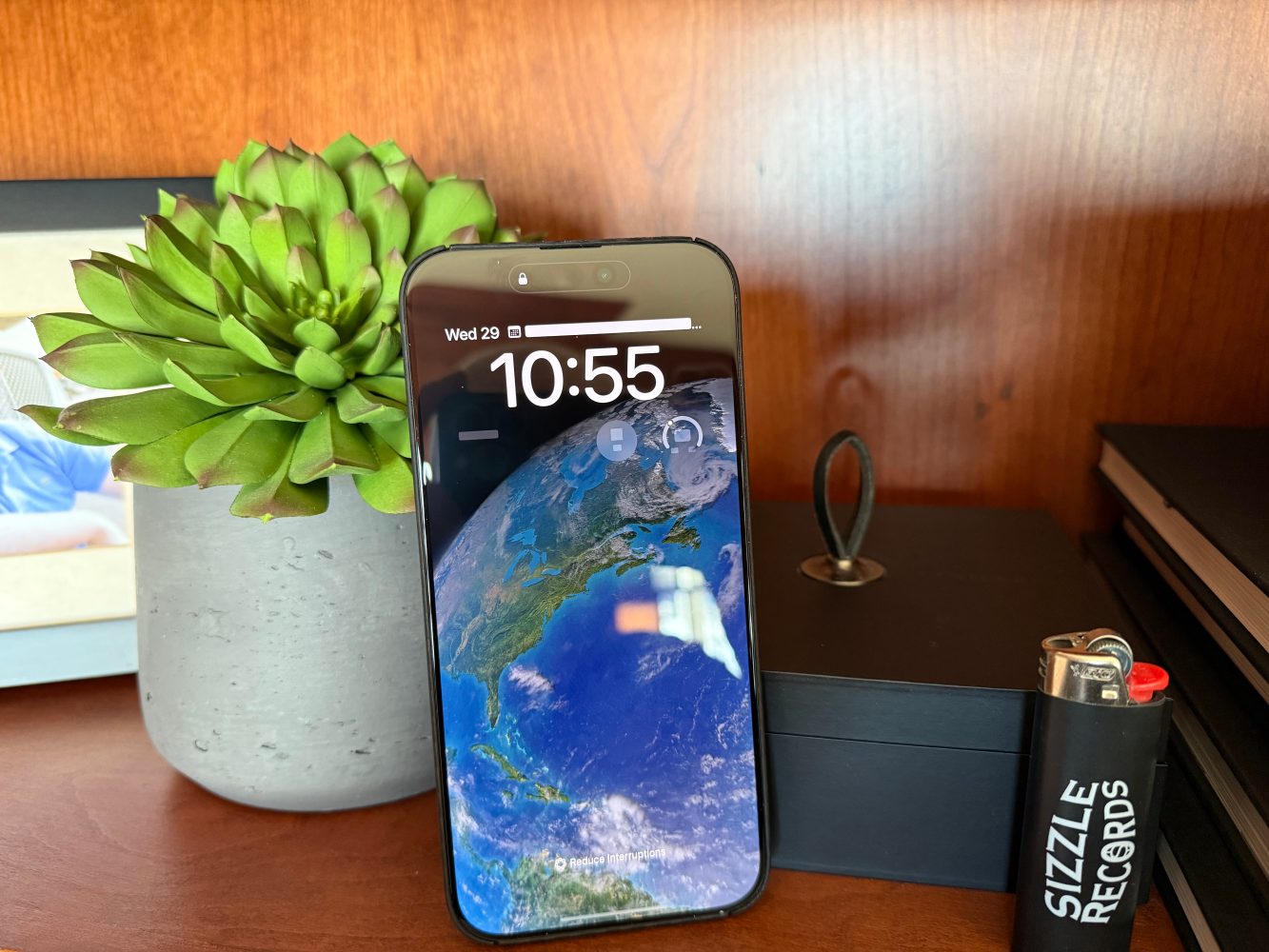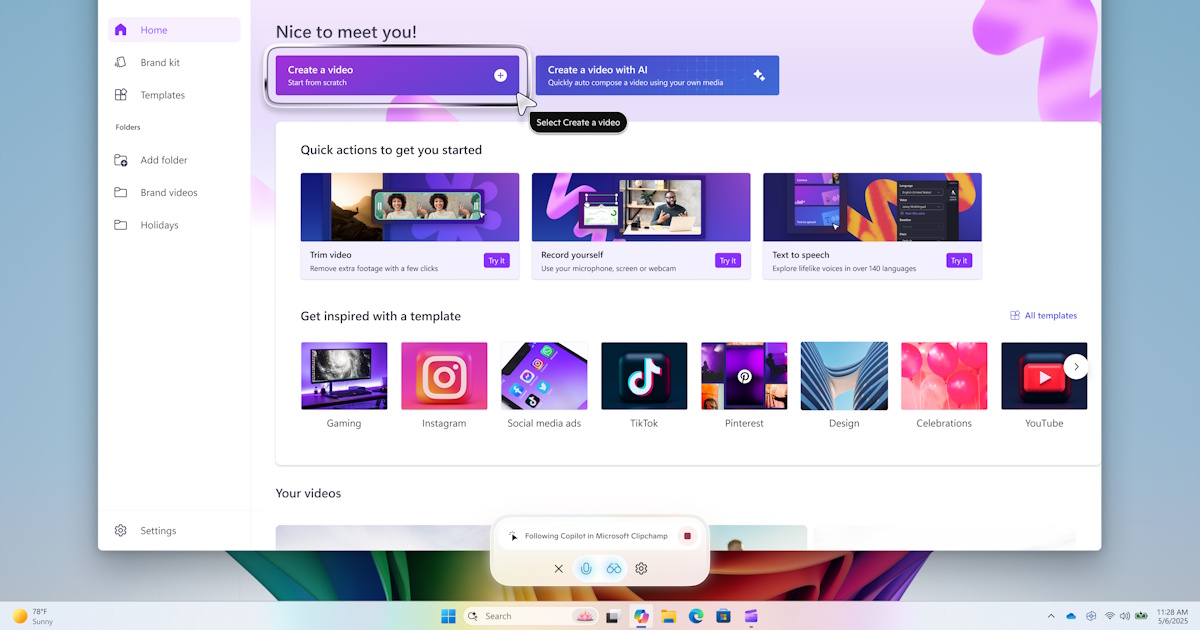Why you can understand words even if they’re missing vowels
If you spend enough time online, you’re bound to come come across a sentence like this: “Yr brn cn rd wrds wtht vwls.” It looks … The post Why you can understand words even if they’re missing vowels appeared first on BGR.


If you spend enough time online, you’re bound to come come across a sentence like this: “Yr brn cn rd wrds wtht vwls.” It looks like nonsense at first glance, but after a moment, you probably read it as “Your brain can read words without vowels.” So, how did you do that?
Scientists told LiveScience that the ability for the brain to decode such sentences comes down to how it deciphers words. Rather than reading each letter individually, your brain is constantly scanning for patterns, using past experience and surrounding context to make quick guesses.
It turns out, your brain is more of a prediction engine than a passive processor. When you read, it doesn’t just wait for input. Instead, it actively anticipates what’s coming next. This is why you'll often breeze past typos, autocorrect fails, or sentences missing key letters and words. It’s also why you might not notice small errors when proofreading.
A big part of how the brain deciphers words comes from a region of the brain called the visual word form area, or VWFA. It sits in the left side of your brain and is specialized for recognizing written language. Over years of reading, this region becomes fine-tuned to the patterns and combinations of letters most common in your language.
Think about how your brain reacts to a word like “str_ng.” It doesn’t need the vowel to figure out the missing letter is likely an “i” or “o.” That’s because your brain is trained to recognize common letter pairs like “tr,” “ng,” or “st.” These act like shortcuts that help you reconstruct the word quickly.
This is also why abbreviations make sense to us. Words like “bldg” or “dept” are mostly consonants, but you still understand their meaning right away. With enough exposure, the brain is able to fill in the blanks automatically.
And it does all this in milliseconds. By combining clues from the sentence, your memory of similar words, and your familiarity with common structures, your brain performs a kind of mental autocomplete based on the way the human brain learns.
It might seem like magic, but it’s actually just years of learning and a brain built to look for meaning, even with messy or incomplete information. That’s the secret behind how the brain deciphers words, and it’s one of the many ways your mind is constantly working behind the scenes to make sense of the world around you.
The post Why you can understand words even if they’re missing vowels appeared first on BGR.
Today's Top Deals
- Best deals: Tech, laptops, TVs, and more sales
- Today’s deals: $15 Amazon credit, rare PS5 Pro sale, $263 HP Stream laptop, $298 Sony XM5 headphones, more
- Memorial Day weekend deals: Free Blink camera, $6 Kasa smart plugs, $40 Crock-Pot, $149 Bose earbuds, more
- Today’s deals: Nintendo Switch games, $5 smart plugs, $150 Vizio soundbar, $100 Beats Pill speaker, more
Why you can understand words even if they’re missing vowels originally appeared on BGR.com on Wed, 4 Jun 2025 at 14:47:00 EDT. Please see our terms for use of feeds.






